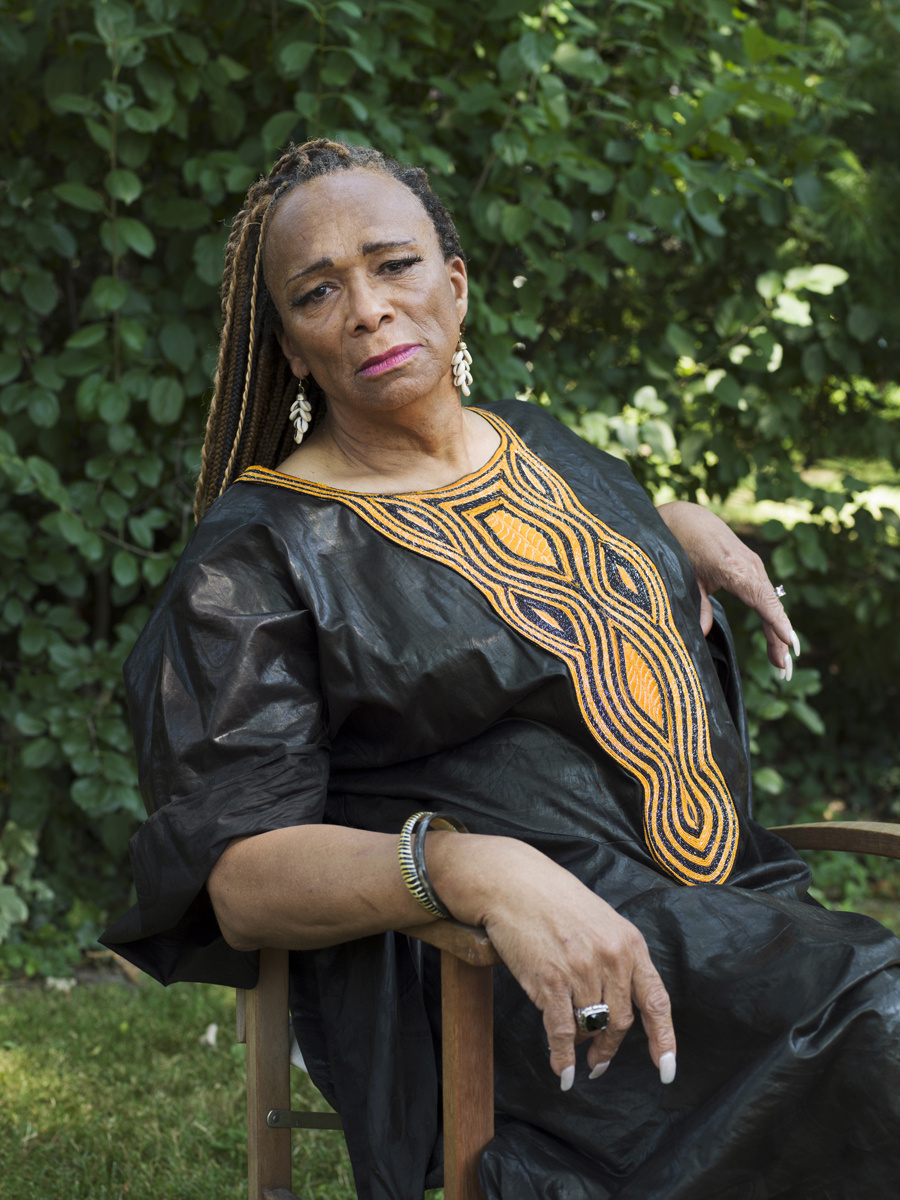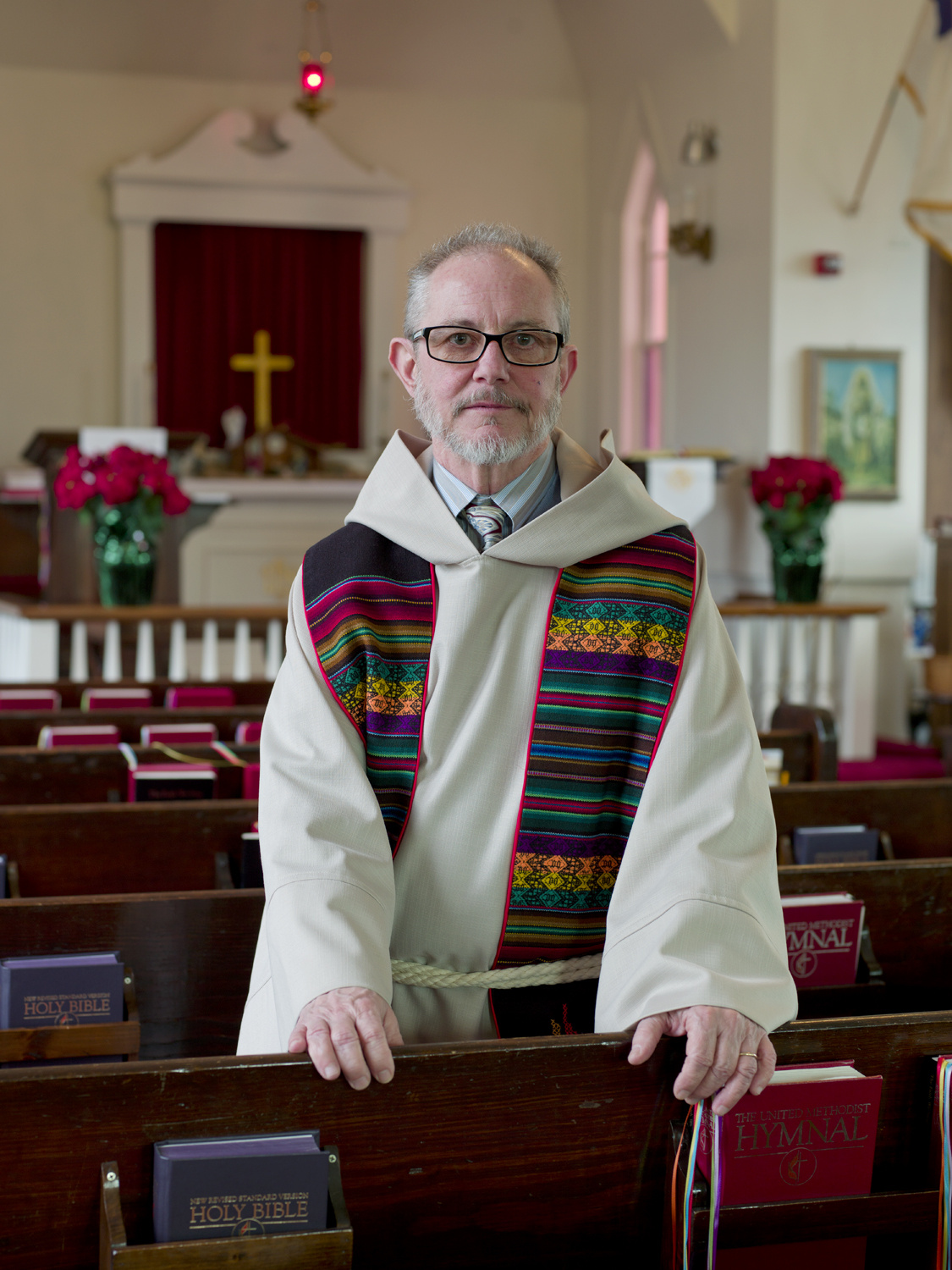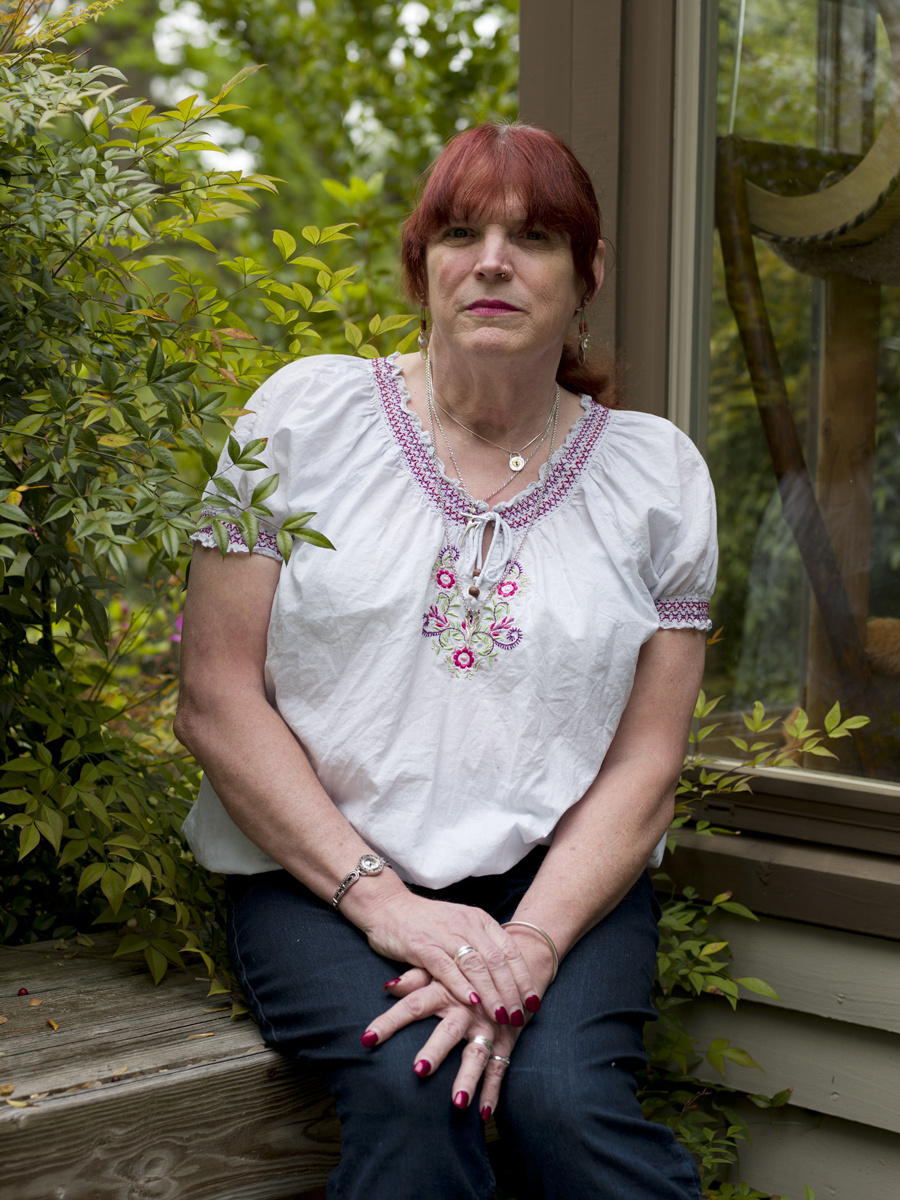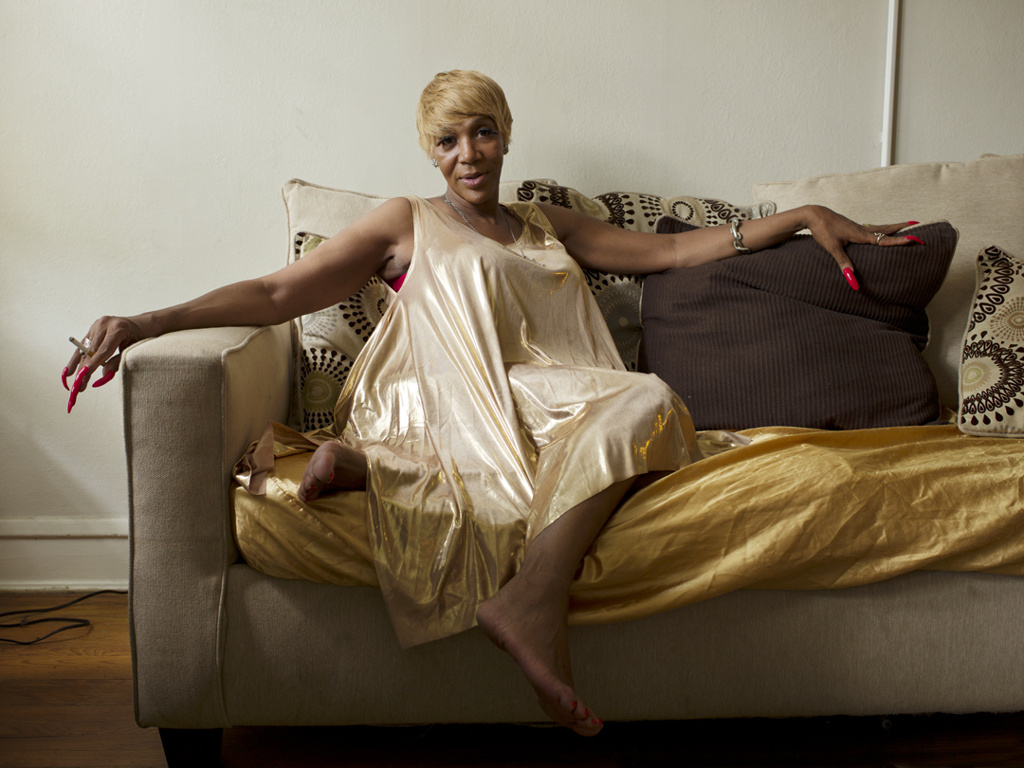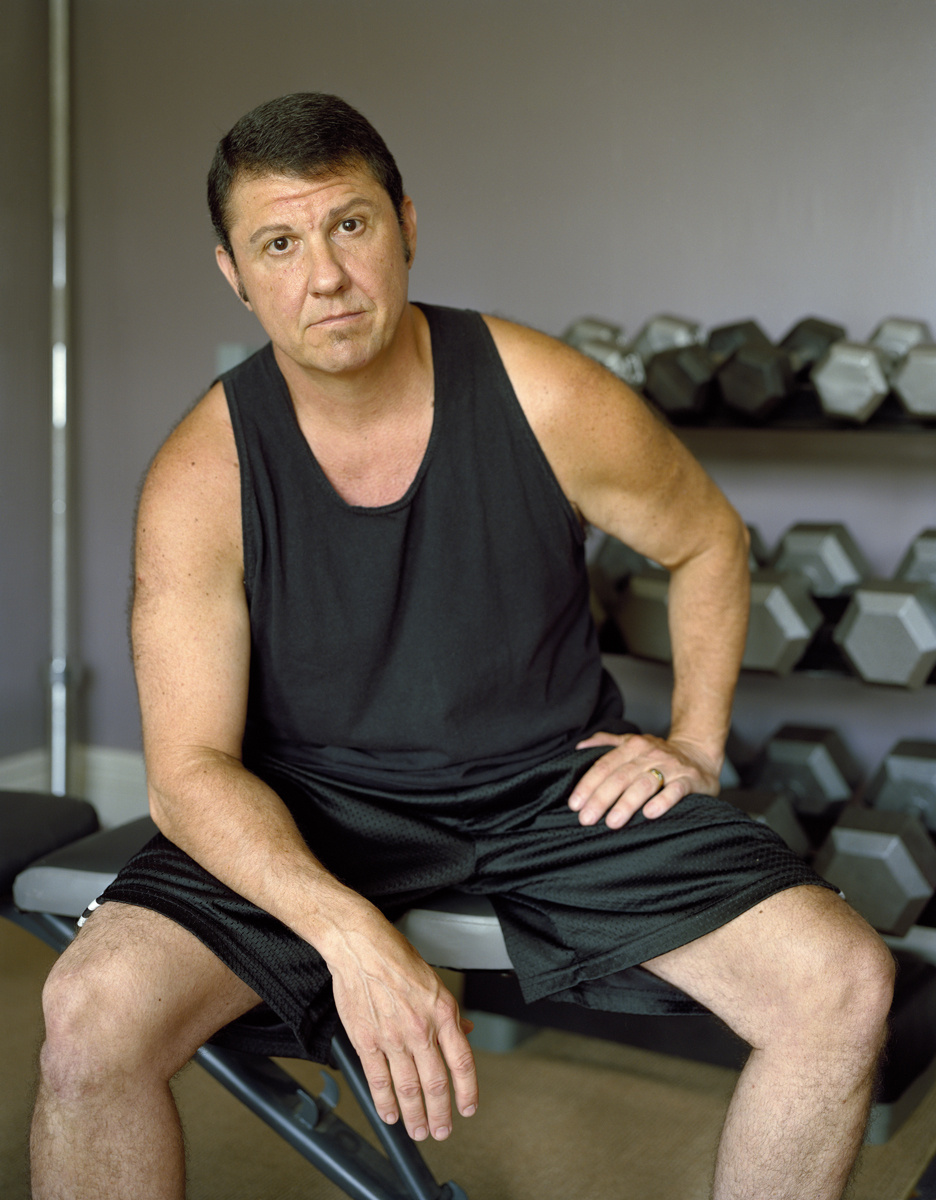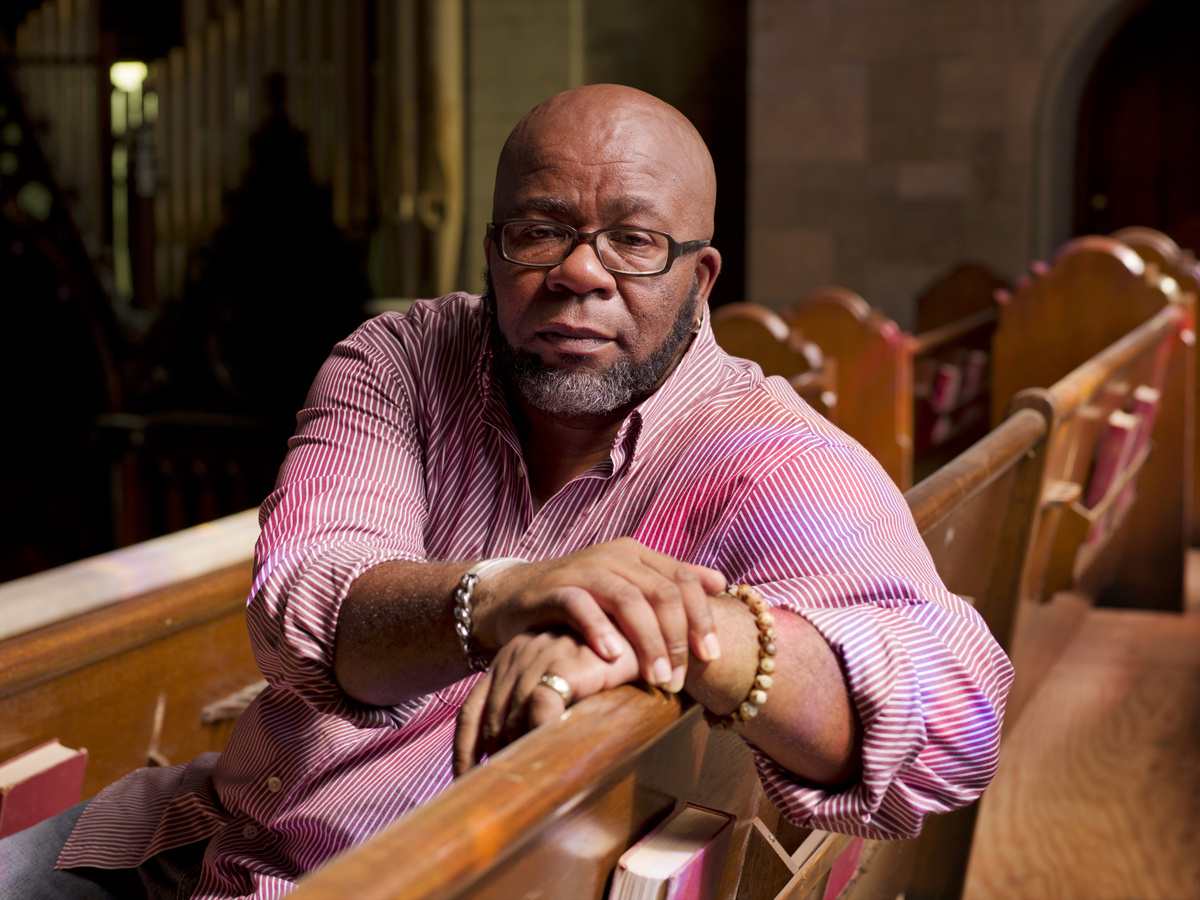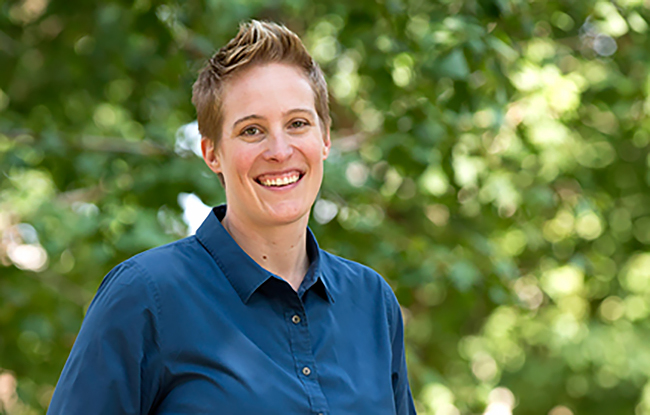
Happenstance. Coincidence. Kismet. Karma.
Call it what you will. Sometimes the most seemingly benign events in our lives turn out to be the forces that shape them in unforeseen and meaningful ways.
“I will never forget when I walked into that room,” said Vanessa Fabbre, assistant professor at the Brown School.
“It was full of gender activists, nearly all of whom were over the age of 60. They had been meeting for more than two decades, fighting for rights for transgender people. I was moved by the ways in which gender and aging were blended together, involving issues of family, work, health and more.”
Following that encounter while in graduate school in Chicago, Fabbre decided to focus her dissertation on the intersection of aging and gender transitions.
“When I looked at the academic literature, I discovered that few people were writing about these issues and how they come together in real people’s lives,” she said. “Here are many people, often unnoticed by the rest of society, going through challenging and incredibly meaningful experiences in later life.”
Fabbre dedicated herself to studying the issue, eventually earning her doctorate from the University of Chicago with a dissertation titled “Gender Transitions in Later Life.”
“Once I started really listening to people in the trans community, I quickly came to realize that it was common knowledge that many people wait until later in life to transition,” Fabbre said. “Obvious reasons for that include children moving out of the home, parents passing away and retirement. But I found it fascinating that most of these later-life transitions were being pursued by male-to-female identified people.”
She began to ponder why that was the case. She asks her students the same question now.
“Why do male-to-female identified people wait longer to transition in general? If you think about it, it makes some sense,” Fabbre said. “We live in a world that values maleness. If you transition from female to male in the social world and you are able to “pass” as a man, guess what happens? The research shows your salary goes up, you get promoted, you are seen as more competent, and you’re accepted into the ‘boy’s club.’ While this certainly isn’t the case for everyone, many transgender men can tell you a lot about experiencing male privilege.”
“But the research shows the opposite is also true. People who identify as male-to-female and transition are more apt to be fired, to lose their family and to lose their health care. Hence, some of their reasons for waiting.”
The decisions people make about transition, Fabbre said, are a window into broader social forces we are always trying to understand — racism, sexism, classism and more.
‘To Survive on This Shore’
Fabbre met her partner, photographer Jess T. Dugan, while they were both in graduate school in Chicago.
“Both of us were working on trans-related issues at the time,” Fabbre said. “I was doing my dissertation, and Jess had long been making portraits of people in the trans community. We wanted to work together somehow, but we weren’t quite sure what that project would look like.”
Looking to pair words with images, the pair did one photo and interview session with a transgender activist in Chicago. The results were beautiful, and the subject was thrilled.
An idea was born.
(Photos: Jess Dugan)
“One photo turned into five, then 20. It was all self-funded. When we went on trips for other things, we’d schedule an interview and a photo shoot. It has truly been a life-changing project.”
Their work, collectively called “To Survive on This Shore,” began to get noticed, including a 2015 feature in The New York Times.
Now, a book is in the works, planned for release in 2018.
“I hope this project encourages people to appreciate how unique people are in their gender expression and experiences as they age,” Fabbre said. “But we also want people to see how similar we all are. There is something universal in these stories about growing older. I hope that the project helps people appreciate that while gender identity and expression are unique in many ways, there are common elements we all share in growing older.”
‘We are in a trans moment’
Bruce Jenner recently transitioned to living as Caitlyn Jenner. Jeffrey Tambor stars as a transgender woman in the hit Amazon Prime show “Transparent.” Millions watch Jenner’s reality show, “I Am Cait.”
“There is certainly increased awareness and interest in transgender people,” Fabbre said. “It’s really an unprecedented time in many ways.”
Fabbre said she feels a palpable sense of responsibility to do justice to the work that has come before her own.
“This moment in history didn’t just happen. It’s not random,” she said. “This is the result of years, decades, of people sacrificing and fighting injustice and unfair boundaries around gender and sexuality. They started putting cracks into these rigid systems. It’s exploded now, but I feel a real sense of responsibility that I don’t take advantage of this moment without doing justice to the hard work that has led up to it.”
LGBT-specific housing
A year ago, Fabbre toured a new, cutting-edge housing facility in Chicago aimed specifically at lesbian, gay, bisexual and transgender seniors.
She was impressed by the possibilities opened up by a space that has never existed before.
“It made me think about how important environment is to our day-to-day lives,” she said. “A friend of mine in the field says that housing is health, and I think it’s true in many ways. Our environment makes us feel safe and allows us to flourish, or it can make us feel vulnerable and like we need to retreat.”
Fabbre’s upcoming project will focus on housing communities for LGBT seniors. She plans to conduct a multisite case study on such new housing developments, focusing especially on the experiences of transgender residents.
“Designing housing specifically for older LGBT adults certainly has the potential to help them flourish and feel safe,” Fabbre said. “But the fact remains that there is not enough of that kind of specific housing option for every older LGBT American. What can we learn from this type of housing arrangement? What are the implications for programming and policy in the future?”
Close to home
Fabbre grew up in the St. Louis area, so coming to the Brown School in 2014 was a bit of a homecoming for her.
“I think the Brown School wanted and valued someone who was working on LGBT issues,” she said. “Combined with my work on aging and qualitative methods, I think it’s made for a good fit overall.
“My parents live in Clayton, so my mom jokes that the only job I could have taken that was closer to them would have been their corner coffee shop!”
